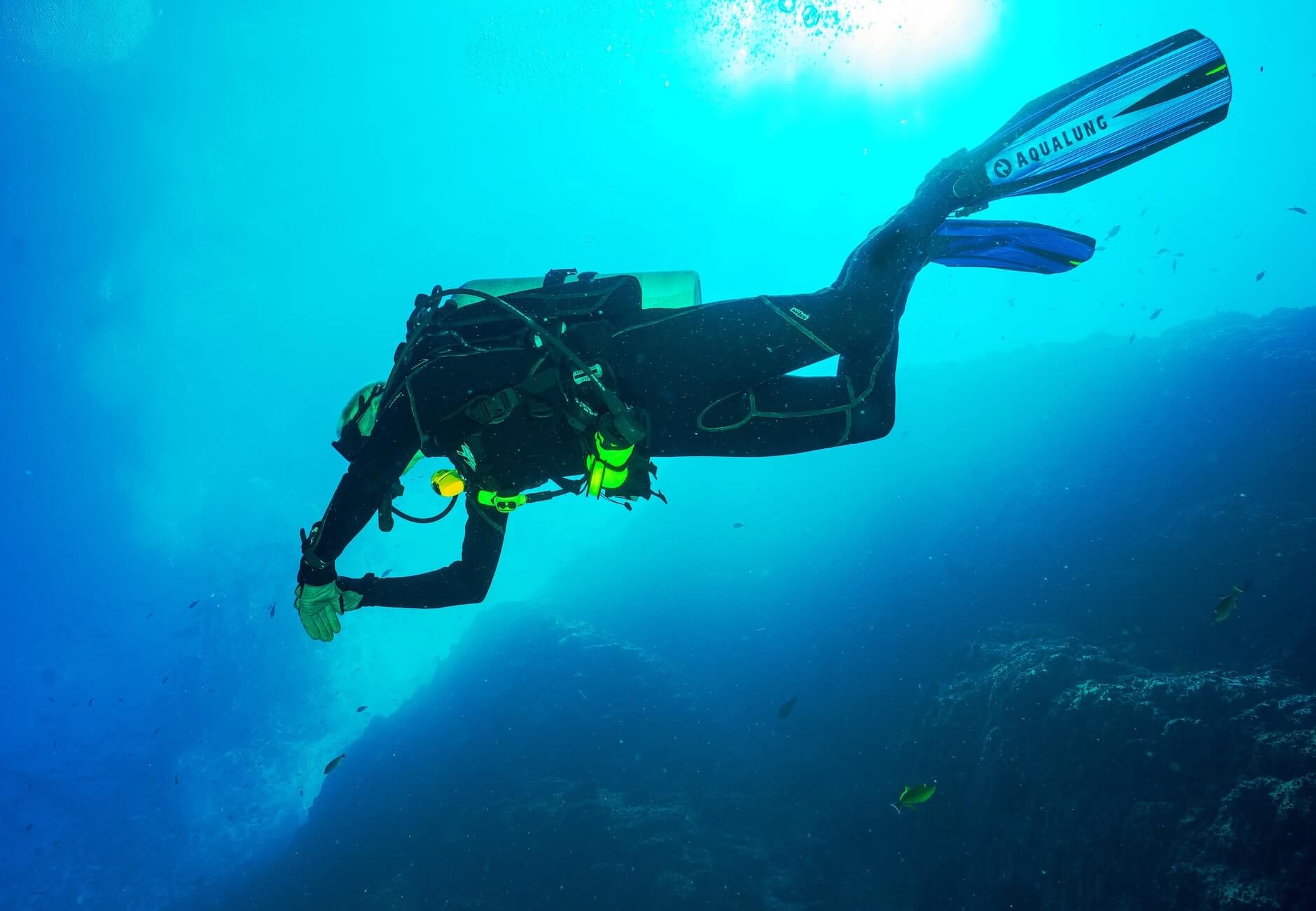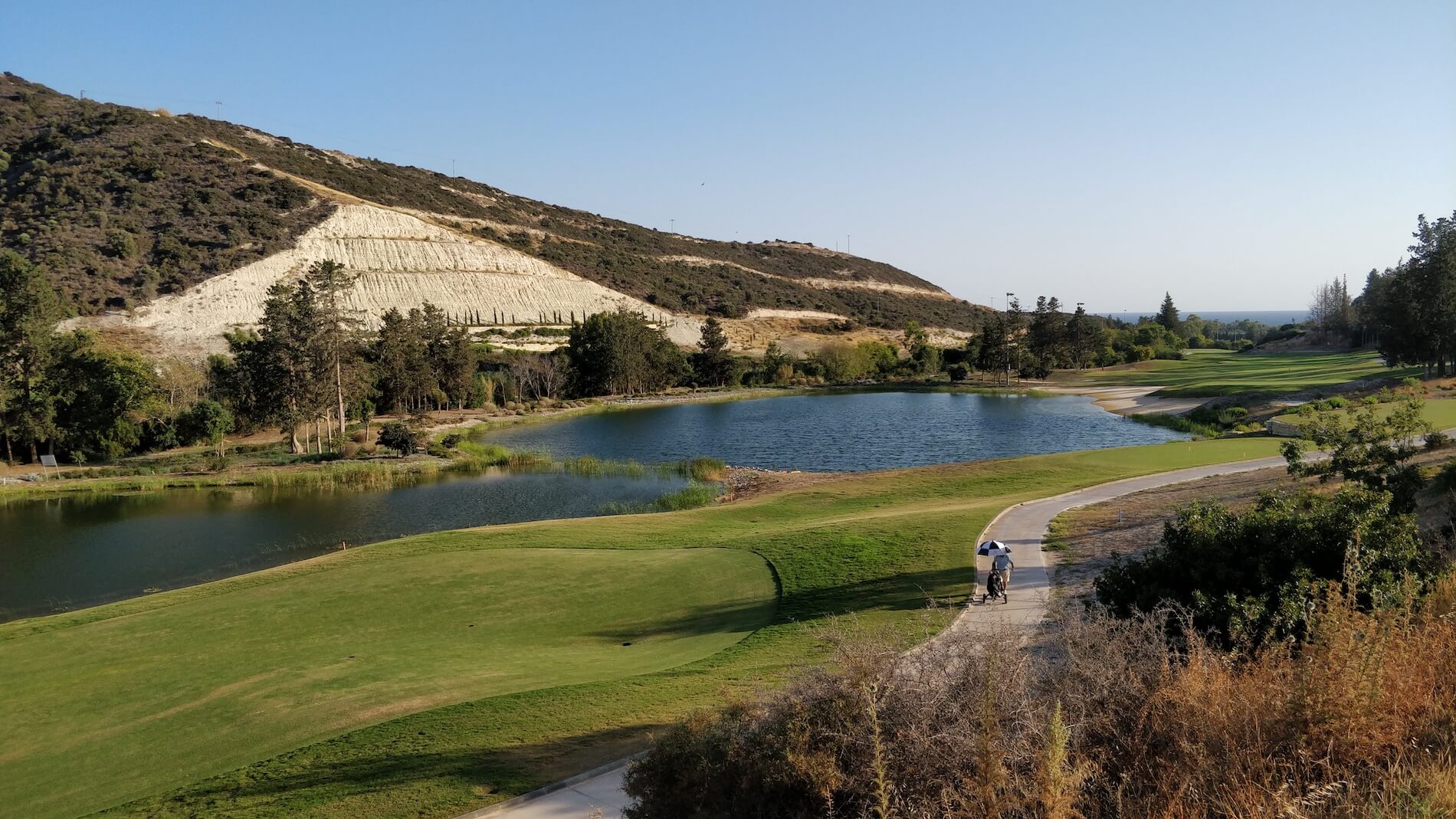Cyprus is a Mediterranean island that is known for its picturesque beaches, ancient ruins, and delicious cuisine. One of the most popular activities on the island is diving, and one of the most popular diving spots is the Blue Lagoon.
The Blue Lagoon, also known as the Blue Cave, is located on the western coast of the island, near the town of Paphos. It is a unique diving spot that is characterised by its crystal clear waters and the beautiful blue light that shines through the cave’s entrance.
The Blue Lagoon is a great spot for both experienced divers and beginners. The cave’s entrance is only 4 meters deep, making it accessible to divers of all levels. Inside the cave, the depth increases to around 12 meters, providing experienced divers with a challenging dive.
The cave’s unique blue light is caused by the sun’s rays reflecting off the white limestone walls of the cave. This creates a magical underwater atmosphere that is truly mesmerising. The clear waters of the Blue Lagoon also make it easy to spot the various marine life that inhabits the cave, including schools of barracudas, octopus, and sea turtles.
One of the most interesting features is the underwater tunnel that connects the cave to the open sea. This tunnel is around 50 meters long and provides divers with a unique diving experience as they swim through it.
Safety Precautions
Diving in the Blue Lagoon does require some safety precautions to be taken. The cave’s entrance is narrow, and the cave itself can be quite dark in certain areas. As such, it is essential that divers bring along a dive light and stay close to their diving partner at all times.
Another safety precaution that should be taken is to check the weather forecast before diving. The Blue Lagoon is only accessible when the sea is calm, and strong winds and waves can make diving in the cave dangerous.
Best Time to Dive
The best time to dive in the Blue Lagoon is during the summer months, from June to September. This is when the weather is warm and the sea is calm, making it the perfect conditions for diving.
It is also worth noting that the Blue Lagoon is at its most beautiful when the sun is shining, as this is when the cave’s blue light is at its brightest. As such, it is recommended that divers plan their dive for the early morning or late afternoon when the sun is shining directly into the cave.
Conclusion
The Blue Lagoon is a must-visit diving spot for anyone visiting Cyprus. Its crystal clear waters, unique blue light, and diverse marine life make it a truly mesmerising diving experience. With the proper safety precautions and timing, a dive in the Blue Lagoon is an unforgettable and unique experience.


